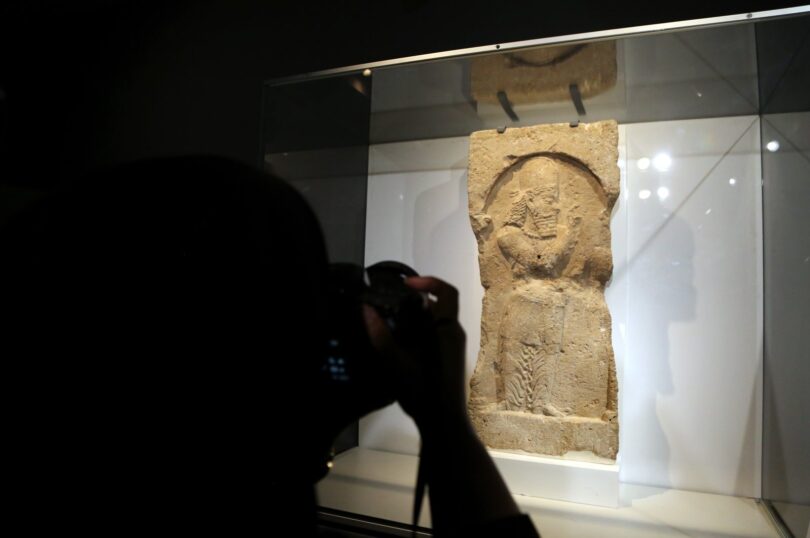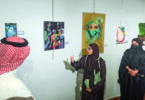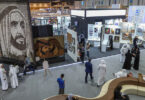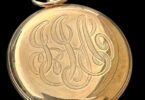ISTANBUL (AA) : A historical artifact dating back to the Sasanian era, which was seized and taken out of the country approximately 35 years ago, has finally been returned to Iran and is now on display at the National Museum in the capital city of Tehran.
The relief sculpture depicting a Sasanian soldier, returned to Iran by the United Kingdom on June 28, has undergone the necessary inspections and verification of its authenticity before being made available for public viewing.
The event held at the Iranian National Museum to commemorate the arrival of the historical artifact was attended by ministers and other officials.
Cultural Heritage, Tourism and Handicrafts Deputy Minister Ali Darabi emphasized carefully monitoring other historical artifacts smuggled out of the country, stating that their ongoing efforts aim to repatriate them to Iran. He further highlighted the successful collaborative efforts between the Ministry of Foreign Affairs, the judiciary, the Presidency, cultural organizations and law enforcement agencies, which have led to the repatriation of 30 historical artifacts to date.
The Sasanian soldier figurine from the third century is considered a significant repatriated piece.
Darabi informed that this artifact had suffered damage while transported from the United Arab Emirates (UAE) to the U.K. It was subsequently restored at the British Museum before being returned to Iran.
Jebrael Nokandeh, the director of the Iranian National Museum, provided details about the artifact, stating that it is made of limestone, stands at a height of 102 centimeters (40.16 inches) and weighs 81 kilograms (178.58 pounds). It belongs to the Sasanian era, a significant period in Iran’s history.
According to a statement from the country’s Ministry of Cultural Heritage, Tourism and Handicrafts, it is estimated that the artifact was illicitly taken to the UAE through smuggling routes in the southern waters of Iran in 1988. The statement further revealed that the artifact was seized at an airport in London in 2016 and subsequently transferred to the British Museum.
After it was discovered in April of this year that the artifact was in the possession of the U.K., it was exhibited at the British Museum for three months before being returned to Iran on June 28.







